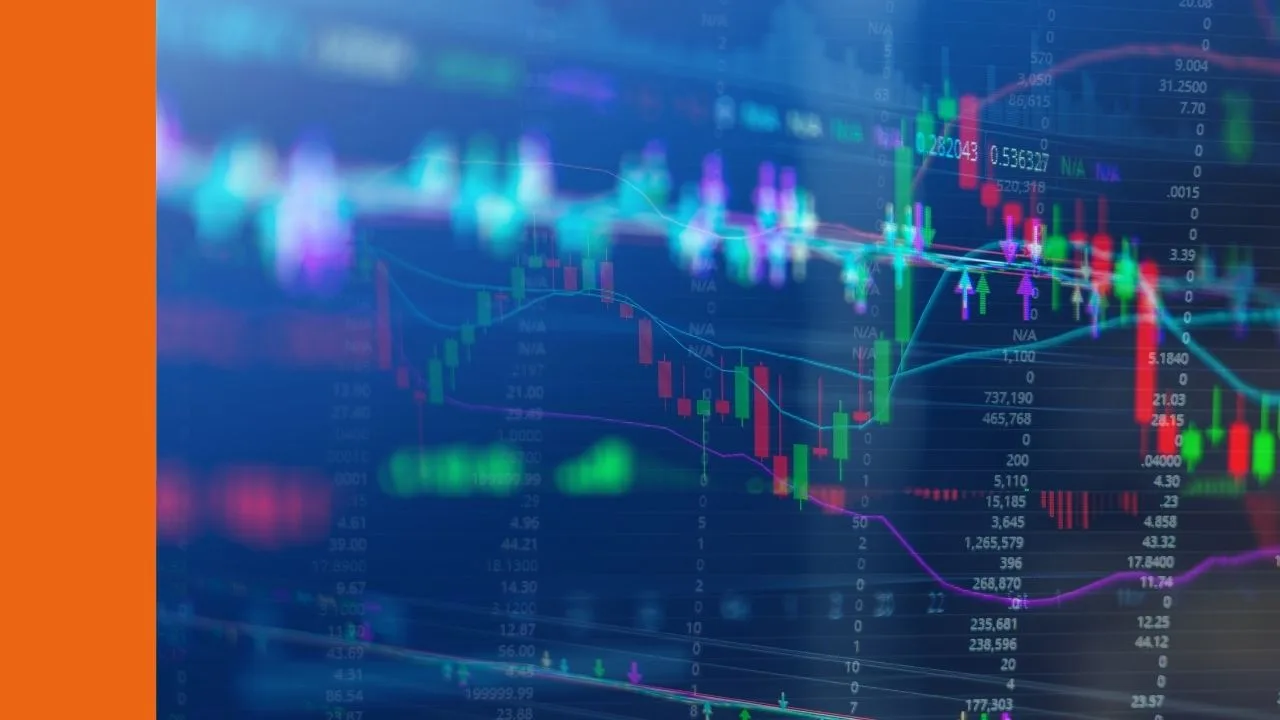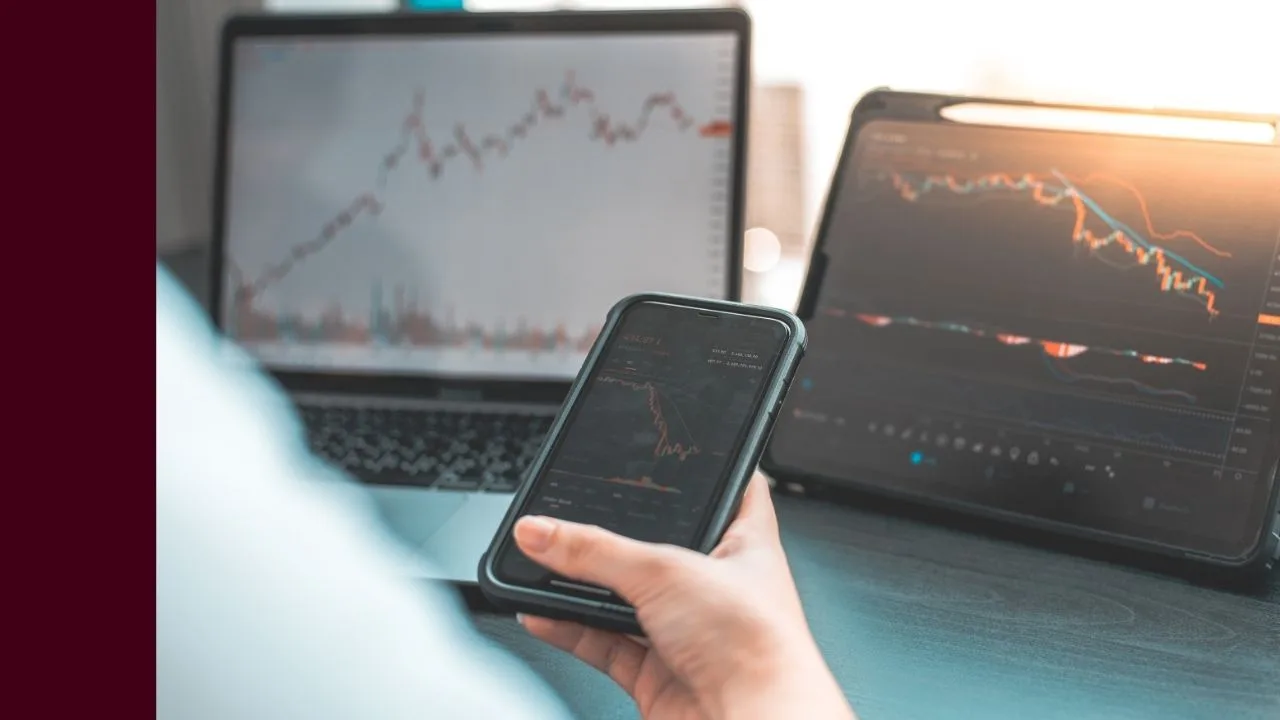COL share price in focus
Coles is a leading Australian retailer providing everyday essentials including fresh food, groceries, general merchandise, liquor, fuel and financial services. It was founded in 1914 in Victoria and still calls Melbourne its home base.
Coles was formerly owned by the listed giant Wesfarmers from 2007 until 2018, when it was spun-off and listed as its own entity on the ASX under the ticker symbol ‘COL’. Coles’ earnings are unsurprisingly dominated by the supermarket side of the business, however, it partly or fully owns and operates adjacent businesses like flybuys, Liquorland, First Choice, Vintage Cellars, Coles Express and more.
While Coles is second to Woolworths in the supermarket sector, it still controls a significant share of the Australian grocery market (about 28%). Since its listing in 2018, Coles has established itself as fairly reliable dividend payer for investors seeking income.
The key metrics
If you’ve ever tried reading a company’s income statement on the annual report, you’ll know just how complex it can get. While there are any number of ways you could slice up the statement, three key figures are revenue, gross margin, and profit.
Revenue is important for obvious reasons – everything else (profit, margins, return on equity etc.) is downstream of a company’s ability to generate sales and revenue. What we’re looking for is not so much the absolute number, but the trend. COL last reported an annual revenue of $43,684m with a compound annual growth rate (CAGR) over the last 3 years of 3.9% per year.
The next thing we’ll want to consider is the gross margin. The gross margin tells us how profitable the core products/services are – before you take into account all the overhead costs, how much money does the company make from selling $100 worth of goods and services? COL’s latest reported gross margin was 26.1%.
Finally, we get to profit, the real headline number. Last financial year Coles Group Ltd reported a profit of $1,118m. That compares to 3 years ago when they made a profit of $1,005m, representing a CAGR of 3.6%.
Financial health of COL shares
Next, we could consider the capital health of the company. What we’re trying to work out is whether the company is generating a reasonable return on their equity (the total shareholder value) and whether they have a good safety buffer. One important measure to consider is net debt. This is simply the total debt minus the company’s cash holdings.
In the case of COL, the current net debt sits at $9,394m. A high number here means that a company has a lot of debt which potentially means higher interest payments, greater instability, and higher sensitivity to interest rates. A negative value on the other hand indicates the company has more cash than debt, which can be seen as good (a big safety buffer) or bad (inefficient capital allocation).
A metric that might be more valuable to us is the debt/equity percentage. This tells us how much debt the company has relative to shareholder ownership. In other words, how leveraged is the company? Coles Group Ltd has a debt/equity ratio of 278.4%, which means they have more debt than equity. This isn’t always a bad thing if the company has stable revenue and good cash flow, but it certainly creates more risk.
Finally, we can look at the return on equity (ROE). The ROE tells us how much profit a company is generating as a percentage of its total equity – high numbers indicate the company is allocating capital efficiently and generating value, while a low number suggests that company growth may be starting to slow. COL generated an ROE of 32.4% in FY24.
What to make of COL shares?
One way to have a ‘speedy read’ of where the COL share price is could be to study something like dividend yield through time. Remember, the dividend yield is effectively the ‘cash flow’ to a shareholder, but it can fluctuate year-to-year or between payments. Currently, Coles Group Ltd shares have a dividend yield of around 3.71%, compared to its 5-year average of 3.76%. Put simply, COL shares are trading below their historical average dividend yield. Be careful how you interpret this information though – it could mean that dividends have fallen, or that the share price is increasing, or both. In the case of COL, last year’s dividend was greater than the 3-year average, so the dividend has been growing.
The Rask websites offer free online investing courses, created by analysts explaining things like Discounted Cash Flow (DCF) and Dividend Discount Models (DDM). They even include free valuation spreadsheets! Both of these models would be a better way to value the COL share price.









